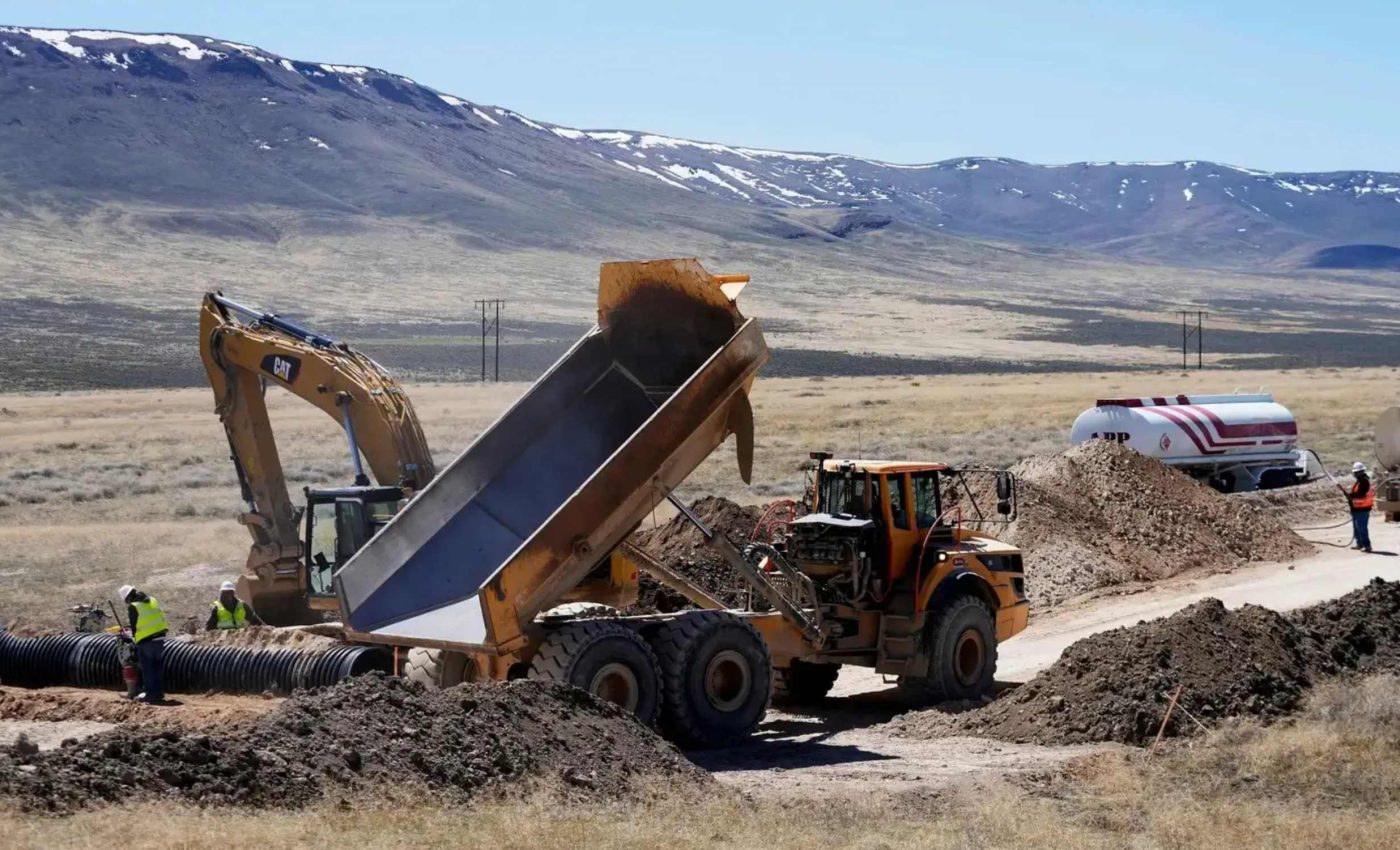
World's largest lithium deposit discovered, could power millions of electric cars
Germany just put a large number on the map. An independent assessment estimates the Altmark basin holds 43 million tons of lithium carbonate equivalent, enough to matter for car batteries.
The work was done for Neptune Energy using a trusted Canadian system for reporting mineral resources, designed to make large discoveries easier to compare and confirm.
This approach sets clear rules for how data is collected and reviewed, helping ensure that the reported figures are consistent, transparent, and reliable for both scientists and investors.
Altmark is a long running natural gas field with deep water and salts. In tests, that water showed elevated lithium levels that can be tapped without breaking new ground.
The State Office for Geology and Mining in Saxony Anhalt (LAGB) granted a lithium production authorization. The permit covers areas that overlap the already developed gas field.
Altmark lithium discovery
These reservoir waters are called brine, salty formation water stored in deep rock layers. At Altmark, the brine sits thousands of feet below the surface and circulates through porous sandstones.
Resource figures here are stated as lithium carbonate equivalent, a way to express total lithium in a common chemical unit. It lets engineers compare projects that may yield different lithium chemicals.
Resource is not the same as reserve. A reserve, the portion that can be mined economically with today’s methods, depends on prices, costs, permits, and plant performance.
Extracting the lithium at Altmark
Neptune plans to use direct lithium extraction (DLE), a suite of chemical processes that pull lithium from brine quickly. DLE avoids open pits and long evaporation ponds and sends treated water back underground.
One pilot used Lilac Solutions technology that relies on ion exchange, a process where charged beads capture lithium and then release it in a cleaner solution. Lilac has reported recovery rates above 90 percent.
A second pilot is assessing an adsorption method, a technique where lithium sticks to a solid surface and is then stripped off for processing.
If pilots succeed, Neptune says a demonstration system would knit extraction, refining, and product finishing in one place.
Battery grade output is the goal. That means tight control of impurities like magnesium and calcium in the final carbonate or hydroxide.
What could go wrong
DLE can shrink surface footprints and shorten production times, but it is not impact free. A recent review finds environmental outcomes depend on water handling, chemical inputs, and power sources.
Reinjection is central. Returning most of the brine to depth can limit land use and water loss, and careful monitoring can reduce pressure and seismic risks that sometimes worry communities.
Chemistry is another constraint. Brine composition changes across wells and time, so scaling, fouling, and impurity management can raise costs and downtime if systems are not tuned.
Power matters. Running pumps and separation equipment with low carbon electricity and heat can cut emissions and strengthen the project’s case with buyers.
And timelines remain uncertain. A regional minister recently urged patience, noting that technical and economic feasibility must be proven before any ramp up.
Why it matters for supply chains
Europe relies heavily on imports of battery materials and midstream processing. A viable Altmark project would add a domestic source of lithium chemicals and could attract cathode and recycling capacity nearby.
Local supply also buffers logistics risk. Shorter routes from chemical plants to cell factories can cut delays, reduce costs, and simplify quality control for automakers building in Germany and neighboring countries.
A regional hub would also keep more value onshore. Suppliers of reagents, filtration media, and control systems often set up near stable demand.
Automakers prefer regional clusters where materials, cells, and pack assembly sit close together. When inputs move by truck in hours, quality issues are caught fast.
Next steps for the company
Neptune outlines a stepwise plan that moves from field pilots to a larger demonstration, then to commercial operation if regulators agree. The company holds several licenses across Altmark to support this path.
The business case will turn on delivered cost and product quality. Buyers want consistent lithium hydroxide or carbonate with tight impurity specs, and they want it at prices that work through cycles.
The company said the discovery positions it to play a major role in supplying lithium to both German and European markets.
That goal now depends on successfully scaling engineering, securing permits, and finalizing production agreements.
Lessons from Altmark lithium
DLE is not a single recipe. Vendors tune materials to target lithium and reject sodium, magnesium, and calcium that crowd brines and clog equipment.
Results now hinge on energy sources and water balances. Closed loop water management and heat integration are becoming standard targets in new designs.
Altmark has legacy wells, pipelines, and skilled workers who know subsurface operations. Reusing that infrastructure can speed schedules if tests continue to perform.
Communities will look for credible monitoring, transparent reporting, and fair hiring as the project evolves. Expectations are high, but so is scrutiny that will shape public trust.
Universities and training centers can plug in. Programs that blend chemistry, geology, and process control would build a workforce ready for run operations.
If Altmark ships volumes, carmakers gain room. If not, the resource remains a number on paper today.
—–
Like what you read? Subscribe to our newsletter for engaging articles, exclusive content, and the latest updates.
Check us out on EarthSnap, a free app brought to you by Eric Ralls and Earth.com.
—–













